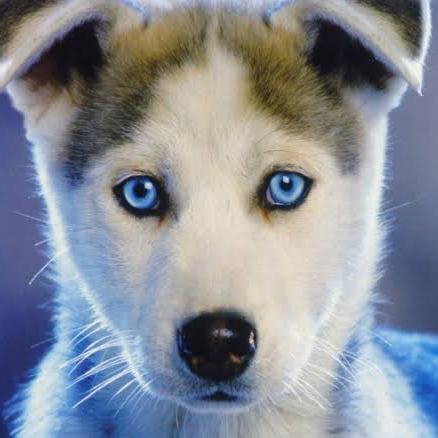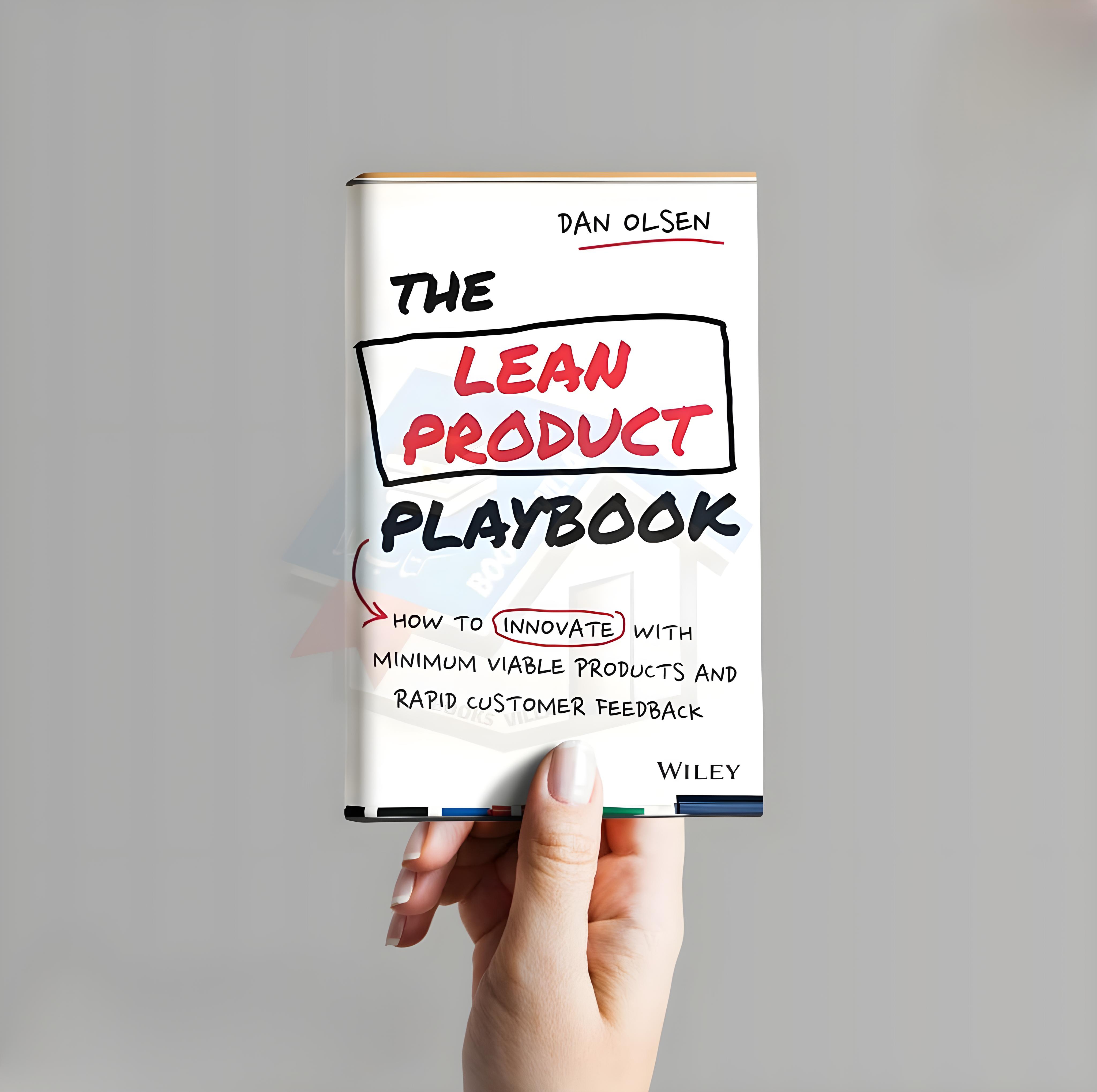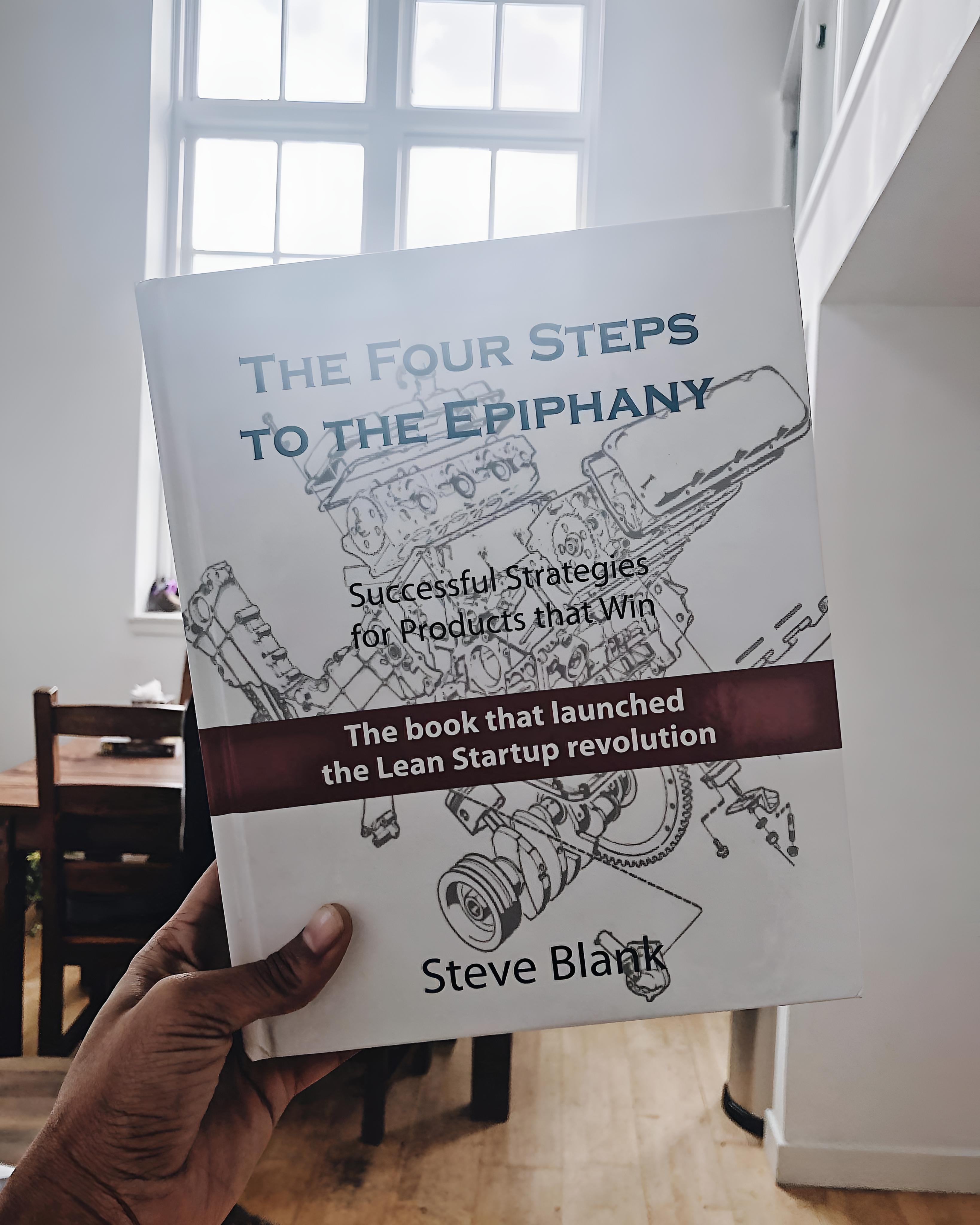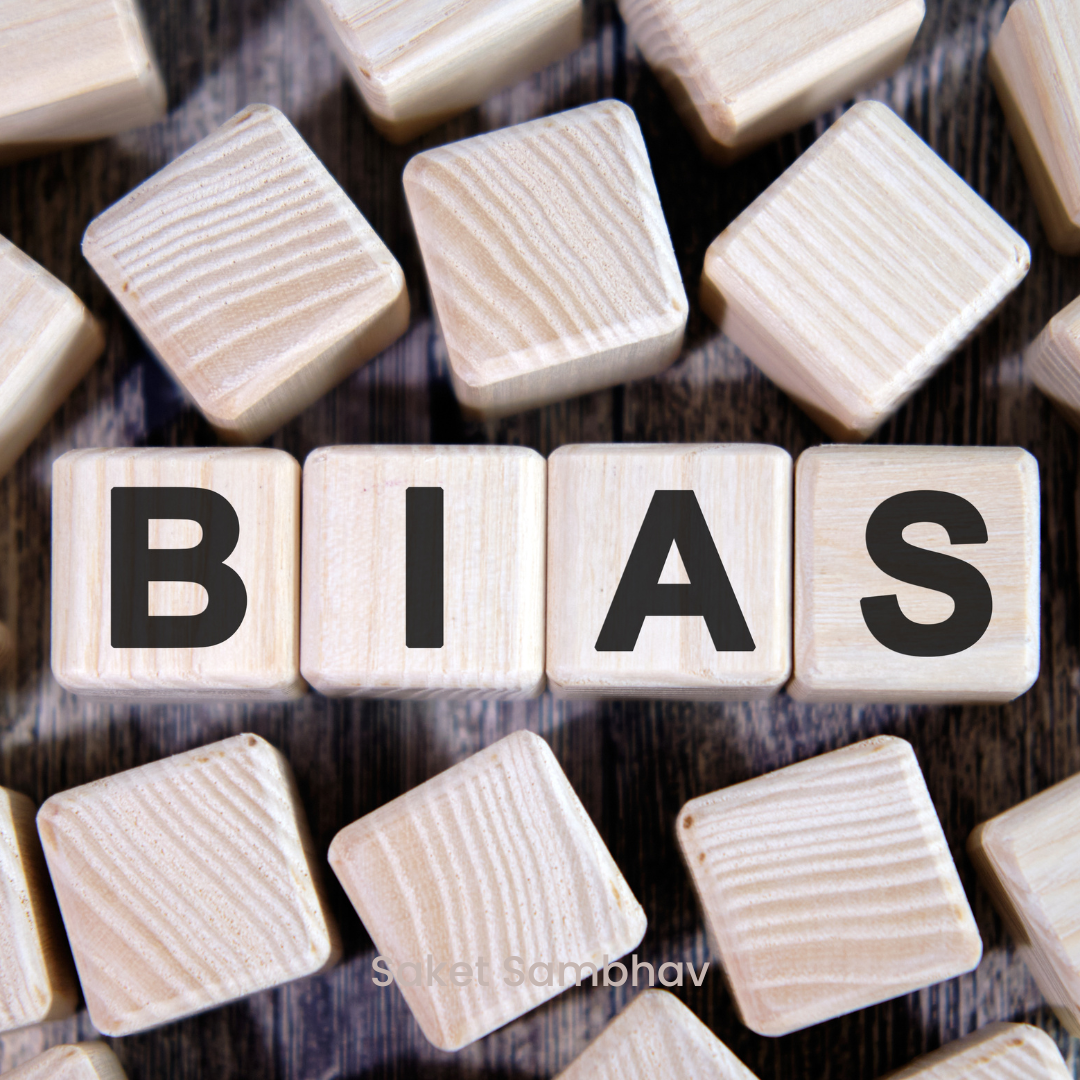Back
SHIV DIXIT
CHAIRMAN - BITEX IND... • 1y
📖 DAILY BOOK SUMMARIES 📖 🚀 12 Lessons from 👍 🔥 The Lean Startup 🔥 By Eric Ries 💯 1. Build-Measure-Learn Feedback Loop • Build: Start with an idea, create a Minimum Viable Product to test it • Measure: Collect data from users to understand how they are interacting with your product • Learn: Analyze the feedback to determine if your idea is valid or needs adjustment • This loop emphasizes rapid iteration based on real-world data. 2. Minimum Viable Product (MVP) • An MVP is the simplest version of your product that allows you to start the learning process. It contains only the core features that address your users' key needs • The goal is to avoid wasting time on building features no one wants and instead focus on gathering validated learning 3. Validated Learning • Learning what customers really want based on direct feedback from product use, rather than assumptions or guesses. • Every decision in a startup should be aimed at learning how to build a sustainable business by testing assumptions through experimentation. 4. Pivot or Persevere • Persevere: If your assumptions are validated and data supports your vision, keep going • Pivot: If your hypothesis is wrong, change direction based on the feedback to find a better product-market fit 5. Innovation Accounting • This concept involves measuring the true progress of a startup through learning milestones • Instead of traditional financial metrics early on, focus on metrics like customer engagement, retention, and qualitative feedback to understand if you’re moving in the right direction 6. Actionable Metrics vs. Vanity Metrics • Actionable Metrics: Data that shows cause and effect, helping you make decisions (e.g., customer retention rate, conversion rates) • Vanity Metrics: Metrics that look good but don’t provide meaningful insight into the health of the business (e.g., total signups, page views) 7. Continuous Deployment • Release early and often. Constantly improve the product based on real-time user data • This strategy allows you to respond quickly to customer needs and shifts in the market 8. Lean Thinking • Eliminate waste in the development process, which includes any activity that does not create value for the customer • Emphasize efficiency, agility, and learning over traditional, rigid business planning 9. Split Testing (A/B Testing) Experiment with different versions of your product or features to see what works best by comparing the performance of one version against another with actual users. 10. Customer Development • Engage with customers from the very start to understand their problems and test whether your solution meets their needs • This customer-first approach ensures that you are building something people truly want 🔗 For downloading this eBOOK for free , you can check comment section and read remaining 2 points in comment section 🔗
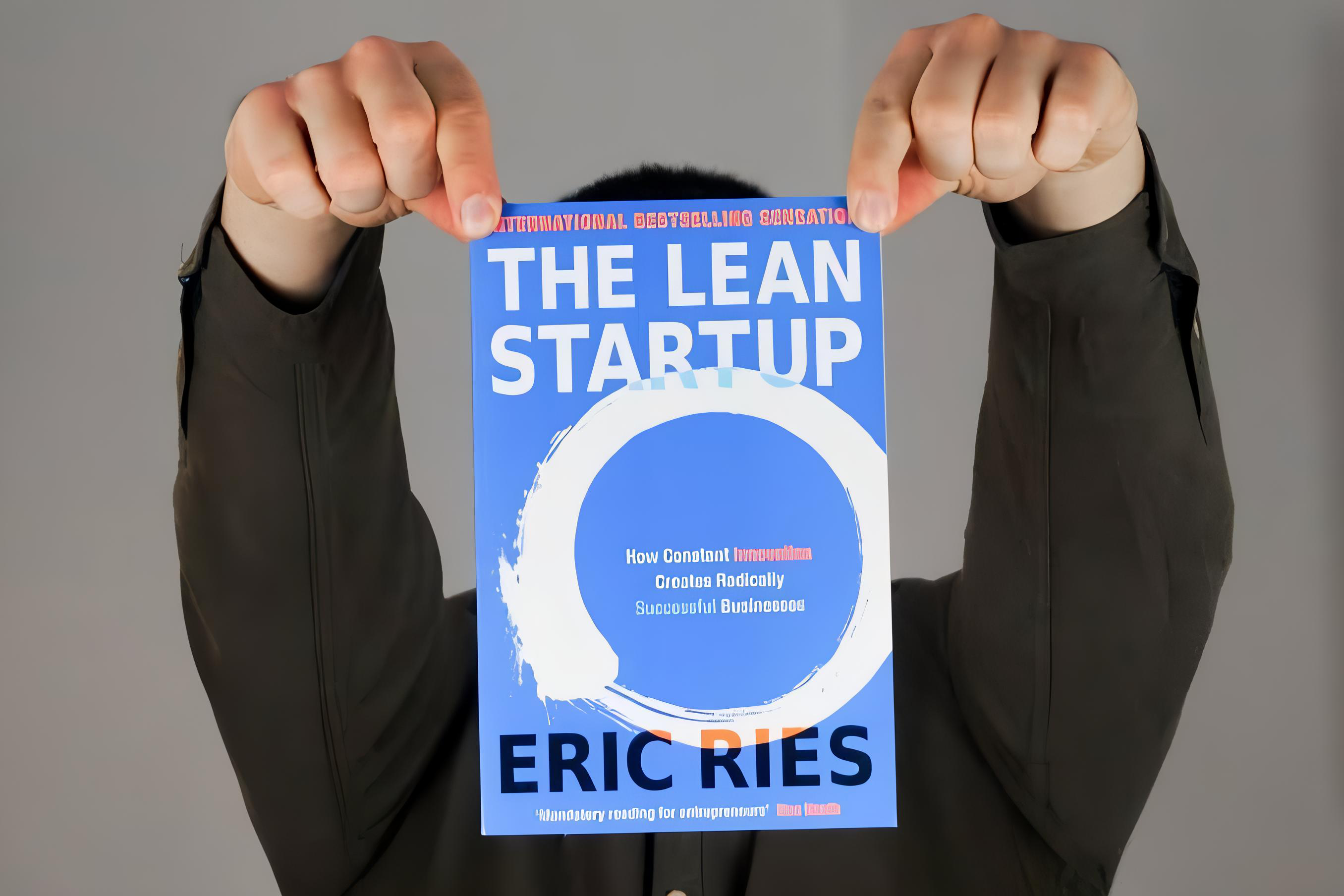
Replies (5)
More like this
Recommendations from Medial
Anansh Verma
Have patience, it's ... • 8m
5 Key Principles of The Lean Startup given by Eric Ries: 1. Entrepreneurs Are Everywhere Innovation can happen in any environment, not just startups. Anyone solving a problem with limited resources can adopt a lean mindset. 2. Validated Learning
See MoreKousik Mondal
Great is the enemy o... • 11m
Validated learning is like learning from real-life experiences. Instead of guessing or assuming what might work, you test your ideas with actual customers, gather feedback, and use that information to make smarter decisions. It’s all about learning q
See More
Vivek Joshi
Director & CEO @ Exc... • 4m
The key to turning around a struggling company isn't desperation—it's a smart pivot. Here are three strategies to get back on track and make your company a VC darling. 1. Ruthless Prioritization & Focus Stop trying to be everything to everyone. Condu
See More
Vaishnavi Gupta
Learn from other peo... • 1y
Idea of validated learning According to the lean startup idea validated learning is about creating products or services after validation from consumers . And this is the best method to reduce waste of time and money. The idea is simple when you get
See MorePritam Yadav
Good by to influence... • 8m
Guys I am Creating Platform For Top 10,000 complained of India where People can Submit The Feedback of the product they use and They can Get Paid for it and Brand scan access the feedback and Insights from customer so as consumer/ user would be Up
See MoreDownload the medial app to read full posts, comements and news.


